The Picornaviruses
In 1789, the English doctor Michael Underwood published a landmark medical tome entitled: “A treatise on the diseases of children”. Among the many afflictions he described in it was an illness that caused a “debility of the lower extremities”. Children suffering from this condition, Underwood wrote, found their limbs would “gradually become more infirm, and after a few weeks are unable to support the body.”
This description is now seen as an important milestone in the history of medicine, since what it details is a disease we now know as Polio—an infection that has crippled and killed millions upon millions of people across the world for centuries. At its peak in the 1940s and 1950s, Polio would paralyse or kill more than a million people worldwide every year.
Evidence of the crippling virus in artworks dating back to Ancient Egypt suggests that Poliomyelitis, to give it its full name, has existed for thousands of years—initially appearing mostly as sporadic or individual cases. It was not until the 1860s that the first multiple-case outbreaks and epidemics of the disease were recorded—with a cluster of 14 cases near Oslo, Norway in 1868 and another 13 cases in northern Sweden in 1881.
Poliovirus, the causative agent of Polio, was first isolated in a lab in 1909 by the Austrian scientists Karla Landsteiner and Erwin Popper. After decades of research into its biology and structure, it was recognised in the mid-20th century as a member of the Picornavirus family—one of The Viral Most Wanted.

One Big Close-Knit Family?
The Picornavirus family is very large indeed, but in general its members are not particularly close. There are more than 150 species of Picornavirus, currently categorised into more than 60 subgroups. Several of these subgroups — including the Enteroviruses, the Hepatoviruses and the Rhinoviruses — contain viruses that can infect people, and it is these that disease detectives want to watch most closely for future human outbreaks.
Prime Suspects
The highly infectious Poliovirus is the most infamous of all the Picornaviruses and the culprit behind millions of cases of paralysis in people all across the world. Among other suspects of interest to disease detectives are the Coxsackieviruses and the Enteroviruses, which can cause a range of diseases in people, from viral meningitis to infections of the heart known as myocarditis, to Hand, Foot and Mouth Disease or HFMD. One newly emerging prime suspect among the Enteroviruses is Enterovirus-D68, or EV-D68, which has been found to cause a serious neurologic condition called Acute Flaccid Myelitis, or AFM. Hepatitis A virus, which causes liver disease, is another Picornavirus to watch, as are the many Rhinoviruses that cause common colds in people.
Nicknames and Aliases
The name of this family—Picornaviruses—is a construct of ‘pico’ and ‘Ribonucleic Acid’, or RNA, and means ‘small RNA-containing viruses’.
The name Poliomyelitis comes from the Ancient Greek words ‘polios’, meaning ‘grey’ and ‘myelos’, meaning ‘marrow’. Together with the suffix ‘-itis’, which means inflammation, it describes inflammation of the spinal cord’s grey matter. Polio, which most commonly affects children, is also known as Infantile Paralysis.
Hepatitis A is also referred to as Infectious Hepatitis, Epidemic Hepatitis, Epidemic Jaundice and Catarrhal Jaundice.
Distinguishing Features
Picornavirus virions—or virus particles—are small and spherical, measuring around 20 to 30 nanometres in diameter. They are non-enveloped viruses, meaning they don’t have the protective fatty cloak that enveloped viruses have. Under an electron microscope, most Picornaviruses appear as almost featureless spheres.

Source: Viral Zone by SwissBioPics
Modus Operandi
Picornaviruses infect people by first attaching to specific receptors on the surface of human host cells. This attachment triggers a process known as endocytosis, where the cell engulfs the virus and forms a bubble around it. Once the viral RNA has been released, it hijacks the host cell’s machinery to replicate itself and combine with new viral proteins to make new virus particles, ready to infect other host cells.
Accomplices
Pathogens in the Picornavirus family need no accomplices or vectors to be able to transmit between people. They primarily spread through the so-called faecal-oral route—in the case of the highly-contagious Polio, for example—or the respiratory route via droplets in the coughs and sneezes of an infected person—as in the case of common cold Rhinovirus infections. This lack of accomplices in Picornavirus outbreaks means that one of the best ways to prevent their spread can be to stick to good hygiene practices such as regular hand washing and covering the mouth when coughing or sneezing.
Common Victims
Picornaviruses can infect people of all ages, all over the world. Some of the diseases they cause, such as Polio and Meningitis, are more common in children, with Polio in particular known for primarily affecting children under five years old.
While the common-cold-causing Rhinoviruses do not cause serious illness in the majority of their victims, they can inflict greater harm on some groups, including children with asthma, people with a condition known as chronic obstructive pulmonary disease, or COPD, and elderly people suffering from other respiratory conditions.
Hepatitis A infection is common in low- and middle-income countries where hygiene and sanitary conditions may be challenging. The World Health Organization says that in these countries, 90 percent of children will have been infected with the Hepatitis A virus before they reach 10 years old—mostly with very mild or no symptoms. Adults infected with Hepatitis A are more likely to have symptoms and suffer more severe illness.
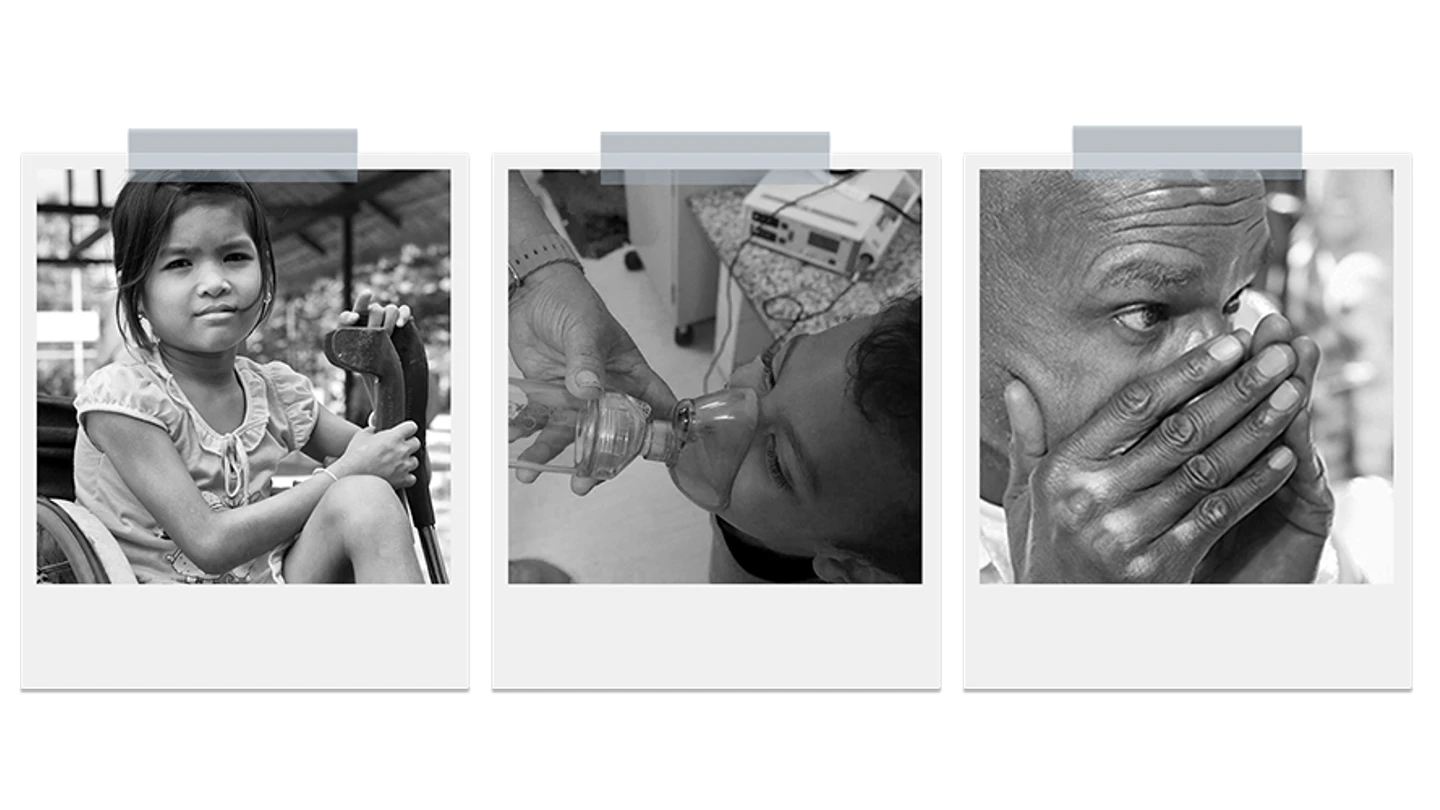
Infamous Outbreaks
Polio
Persistent and frequent outbreaks of Polio in the late 19th and early 20th centuries meant that it became one of the most feared diseases in the world at that time. By the 1950s, the virus could be found anywhere in the world and would kill or paralyse more than half a million people every year. The worst recorded Polio outbreak in the United States in 1952 killed more than 3,000 people.
Despite the development in the 1950s of highly effective vaccines, by 1988, when the Global Polio Eradication Initiative (GPEI) was launched by the World Health Organization, Polio was endemic in 125 countries worldwide and was still paralysing almost 1,000 children every day.
Since the GPEI’s launch, there has been at least a 99 percent reduction in Polio cases. But eradicating the disease—something that has only ever been achieved with one other human disease, Smallpox—remains a challenging task.
Polio outbreaks are often a feature of war and conflict, where the displacement of people or the destruction of health and sanitation systems allows the virus to take hold and spread. A devastating civil war and humanitarian crisis in Syria since 2011 has allowed Polio to begin spreading again there, despite the disease having been wiped out of the country in 1999.
Most recently, in August 2024, the WHO announced a plan to send 1.2 million polio vaccines to the war-torn Gaza Strip after the virus was detected in wastewater.
Note: The global mortality rates displayed are approximate estimates, based on the best available data and generally accepted figures at this point in time.
Hepatitis A
Hepatitis A occurs both sporadically and in epidemics all over the world. Large outbreaks of the disease are often related to contaminated food or water and can erupt explosively. One such epidemic in the Chinese city of Shanghai in 1988 was linked to the eating of raw clams and affected about 300,000 people, killing at least 47 of them.
Between 2016 and 2023, 33 states in the United States reported Hepatitis A outbreaks that were spreading through person-to-person contact. These outbreaks have so far caused almost 45,000 infections, with thousands of cases of severe illness and more than 420 deaths.
Common Harms
Polio attacks the nervous system and can lead to spinal and respiratory paralysis, and, in some cases, death. One in 200 infections causes irreversible paralysis, usually in the legs. The disease kills up to 10 percent of those who suffer paralysis when it also immobilises their breathing muscles.
The highly contagious Hepatitis A can cause liver inflammation and affect the liver's ability to function. In most cases the infection clears up on its own, but in some severe cases it can cause a range of symptoms including fever, joint pain, abdominal pain, sudden nausea and a yellowing of the skin and the whites of the eyes—a condition known as jaundice.

Lines of Enquiry
The work of disease defence specialists against Polio has been one of the greatest successes of all global efforts to combat viral infections in people, arguably second only to the total eradication of the Variola Smallpox virus in the 1980s.
The renowned American virologist Jonas Salk developed the first successful Polio vaccine — the Inactivated Poliovirus Vaccine or IPV—in 1955 in a breakthrough that, according to his biographer, “was a folk victory, an occasion for pride and jubilation”. Together with another vaccine developed by the scientist Albert Sabin a few years later called Oral Poliovirus Vaccine or OPV, Salk’s work made it possible to put a stop to the crippling and deadly Polio epidemics that had swept through countries across the world for centuries.
A highly effective vaccine called Vaqta against Hepatitis A was developed by the great vaccinologist Maurice Hilleman—sometimes referred to as “the most successful vaccinologist in history”—and approved for use in Europe in 1991 and in the United States in 1995. The vaccine is effective in around 95 percent of cases and provides protection from infection for at least 20 years, and potentially life-long.
There is currently no vaccine against common cold infections caused by the Rhinovirus subgroup of the Picornavirus family. Scientists say this is most probably due to two main factors—one, there are more than 150 different Rhinoviruses that cause common colds (as well several more in other viral families such as the Coronavirus Family), and two, infections usually produce very mild and short-term symptoms that clear up without treatment.

Editor's note:
The naming and classification of viruses into various families and sub-families is an ever-evolving and sometimes controversial field of science.
As scientific understanding deepens, viruses currently classified as members of one family may be switched or adopted into another family, or be put into a completely new family of their own.
CEPI’s series on The Viral Most Wanted seeks to reflect the most widespread scientific consensus on viral families and their members, and is cross-referenced with the latest reports by the International Committee on Taxonomy of Viruses (ICTV).
Related articles
Related articles
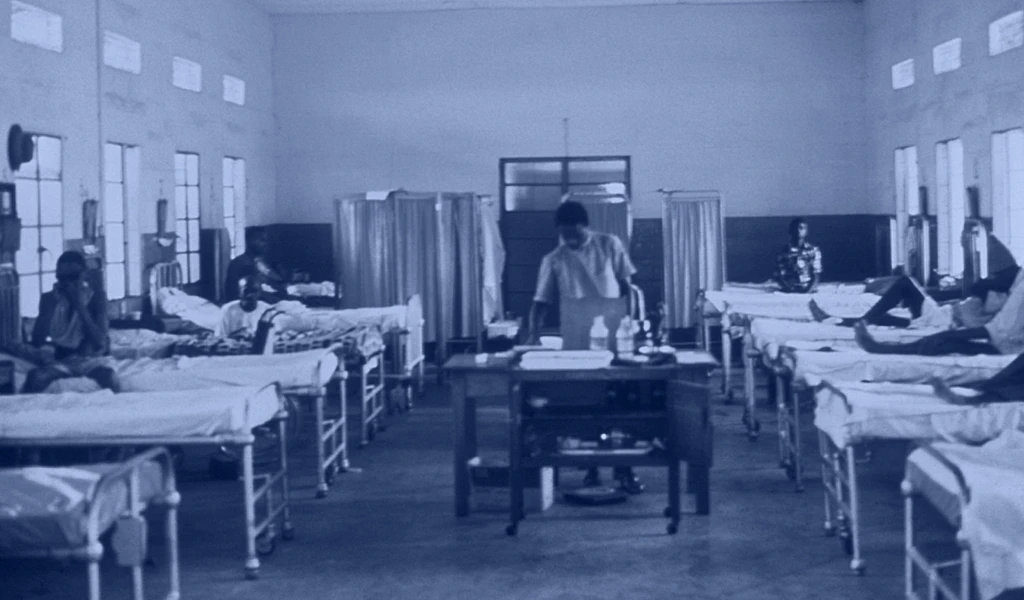
The Arenaviruses
The Arenavirus family includes some of the most lethal haemorrhagic fevers known. All its prime suspects can cause life-threatening disease and death

The Coronaviruses
Seven members of the Coronavirus family are already known to infect people, often with deadly consequences. Disease investigators fear that more new and dangerous Coronaviruses could spill over at any time.
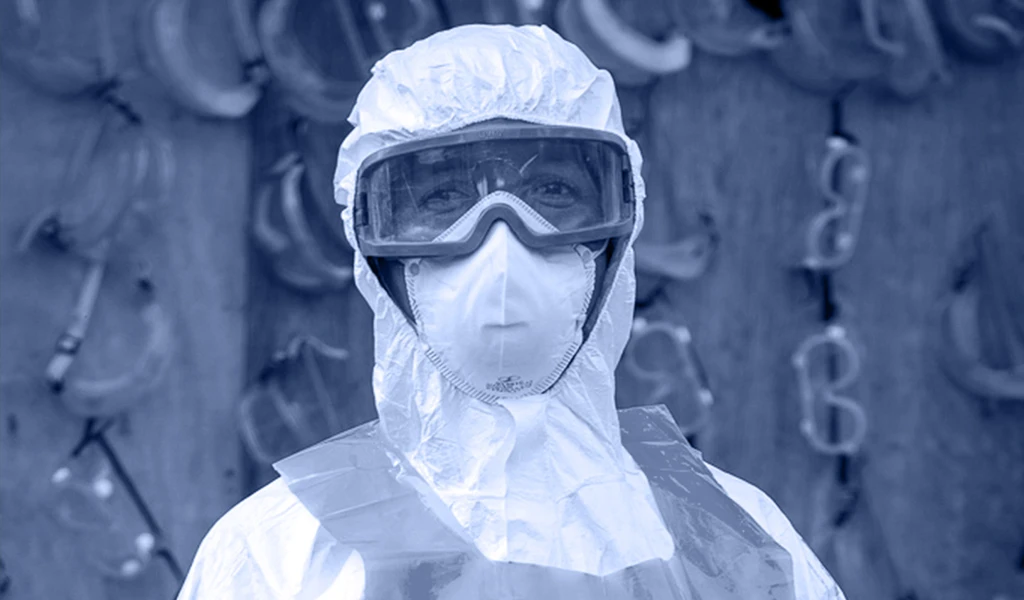
The Filoviruses
“one of the most lethal infections you can think of” - and it's one whose deadly reach is extending ever further

The Flaviviruses
Yellow Fever is now known as one of several deadly viral haemorrhagic fevers currently classified a Flavivirus, one of The Viral Most Wanted.
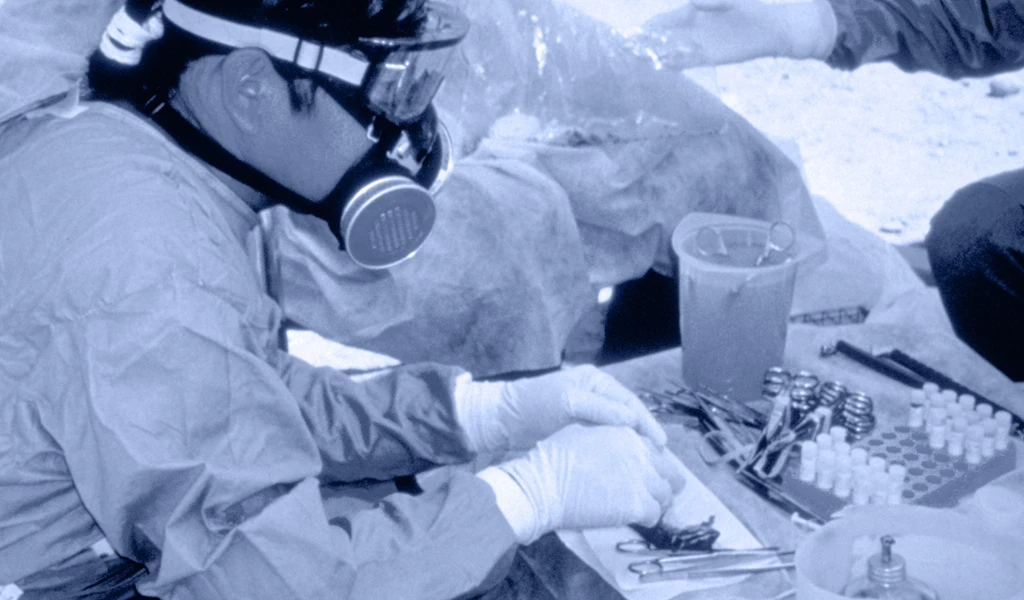
The Hantaviruses
Some Hantaviruses focus their attacks on blood vessels in the lungs, causing the blood to leak out and ultimately ‘drowning’ their victims.
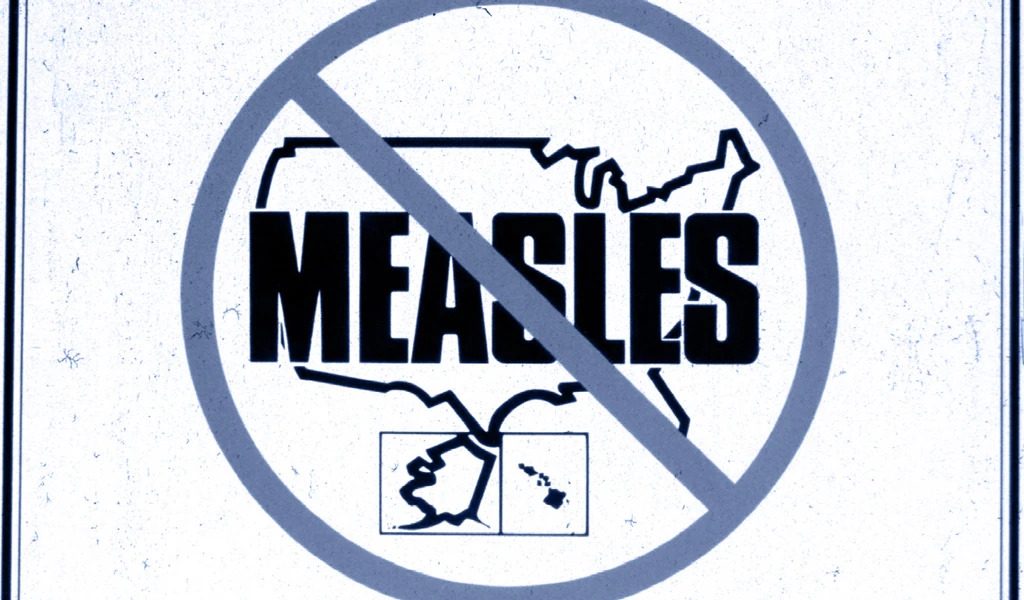
The Paramyxoviruses
This family contains one of the most contagious human viral diseases, as well as one of the most deadly. Explore The Paramyxoviruses.
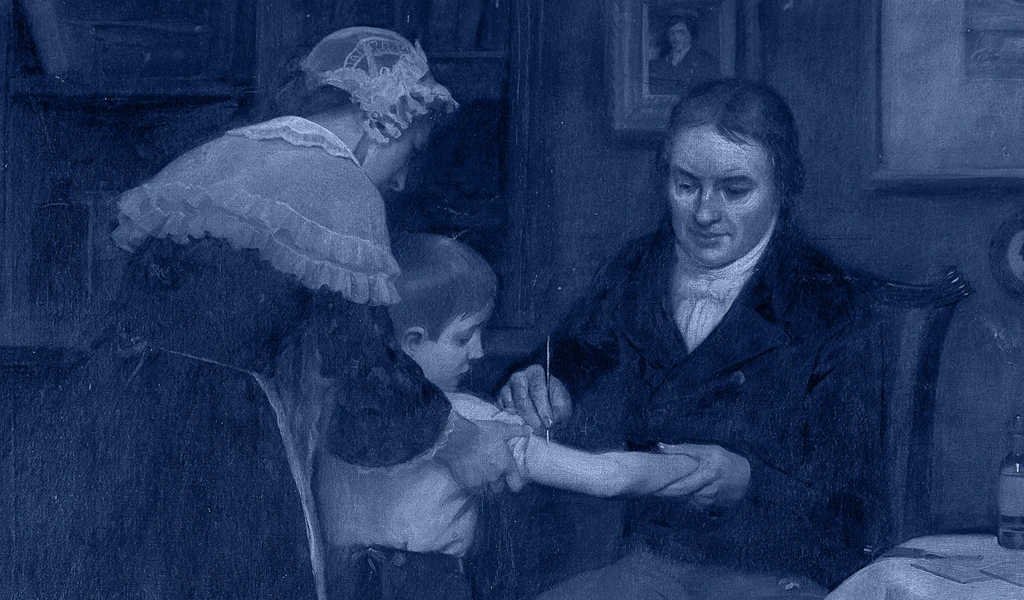
The Poxviruses
The viral family of one of the most fearsome contagious diseases in human history
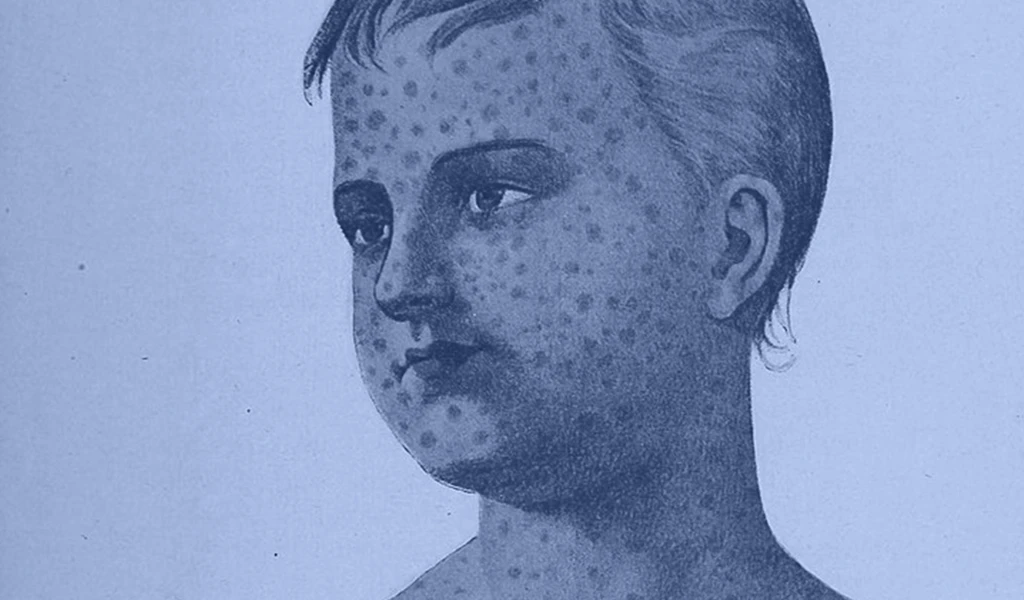
Matonaviruses and Togaviruses
Multiple lines of enquiry against Chikungunya virus and its viral relatives are being pursued by scientists around the world, with the hope for a new protective vaccine coming very soon.
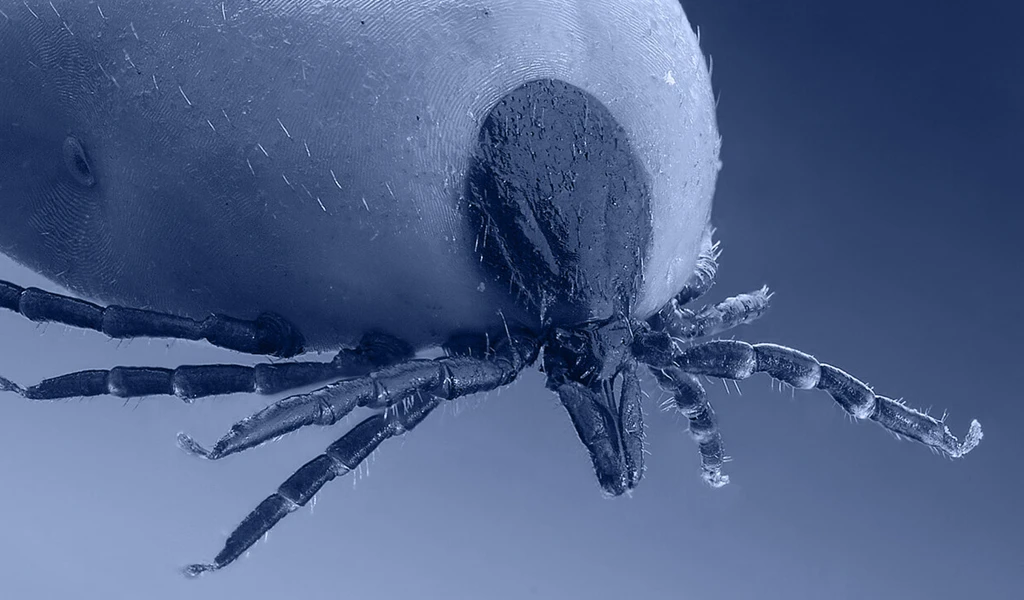
The Nairoviruses
The prime suspect in this family is a deadly virus that causes its human victims to bleed profusely.
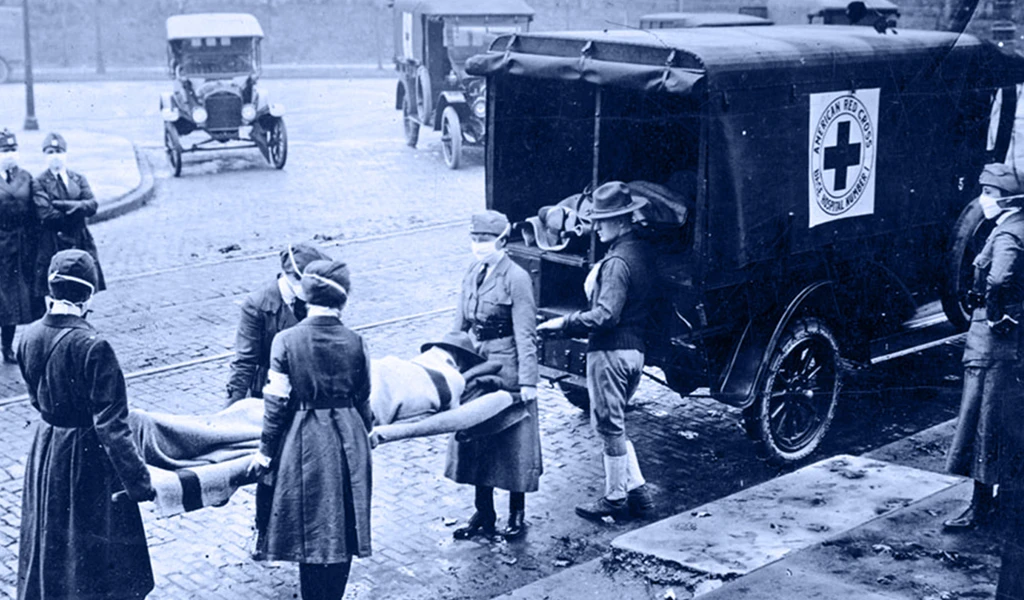
The Orthomyxoviruses
These viral culprits have caused the deadliest pandemics in human history
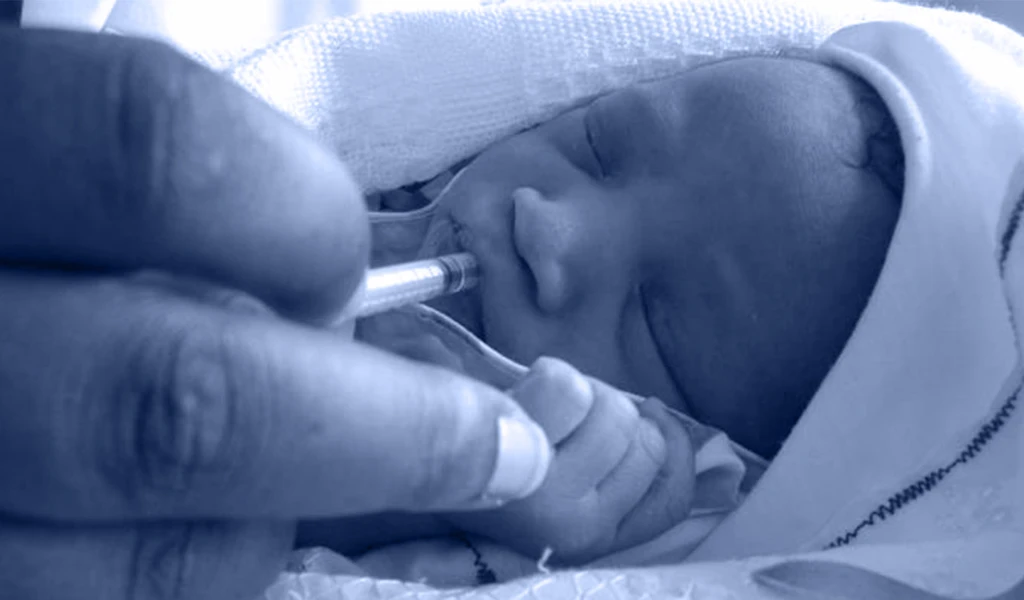
The Retroviruses
The most nefarious Retrovirus—HIV—has infected 85 million and killed 40 million people worldwide.

The Phenuiviruses
The most infamous Phenuivirus, Rift Valley fever, poses a significant threat to people and livestock causing serious disease and dangerous outbreaks.
